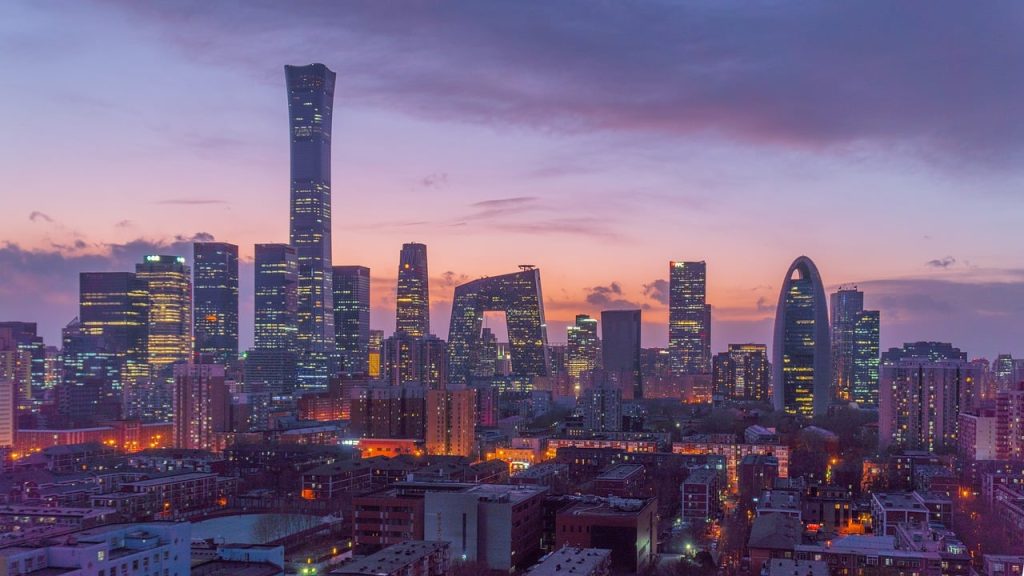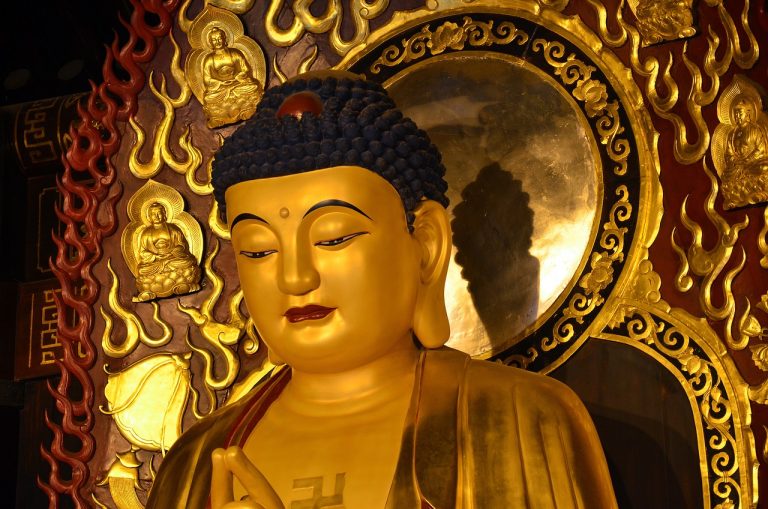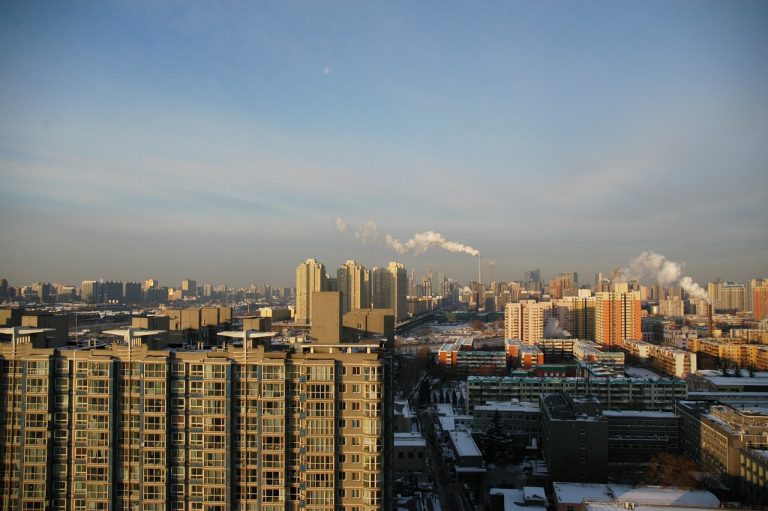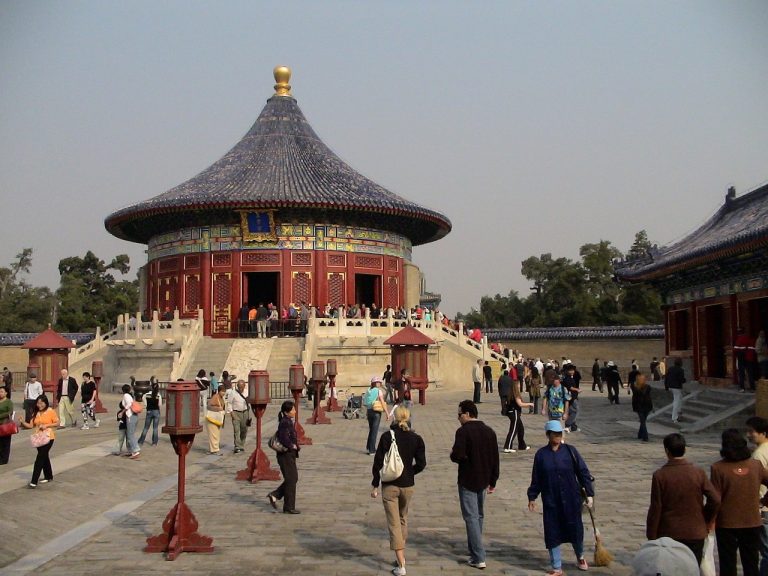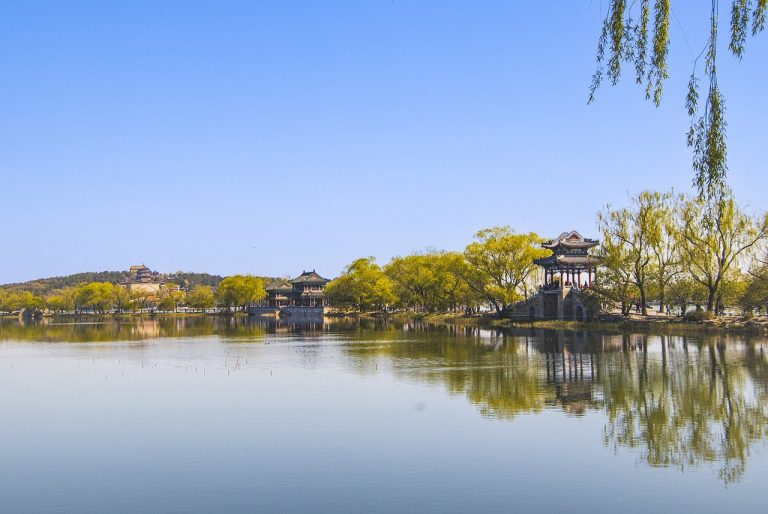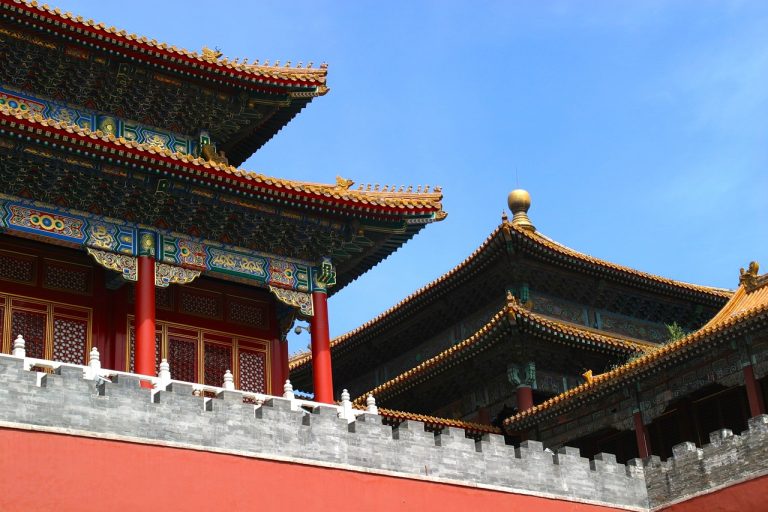Beijing China Video
Forbidden City
The Forbidden City, also known as the Palace Museum, is a magnificent architectural wonder located in the heart of Beijing. It served as the imperial palace during the Ming and Qing dynasties, housing emperors and their households for almost 500 years. This UNESCO World Heritage Site spans over 180 acres and consists of 980 surviving buildings. The Forbidden City is renowned for its grandeur, intricate designs, and historical significance.
- Imperial Palace: The Forbidden City was the imperial palace of China for centuries. It was the residence of emperors and the center of political power.
- Architectural Marvel: The complex showcases traditional Chinese architecture with its distinctive yellow roofs, red walls, and intricate ornamentation.
- Palace Museum: Today, the Forbidden City serves as the Palace Museum, displaying a vast collection of imperial artifacts, artworks, and cultural relics.
- Hall of Supreme Harmony: This grand hall was the ceremonial center of the palace, where important imperial ceremonies and events took place.
- Gardens and Courtyards: The Forbidden City features beautiful gardens and courtyards, providing serene spaces amidst the bustling city.
Beijing China Image 1:
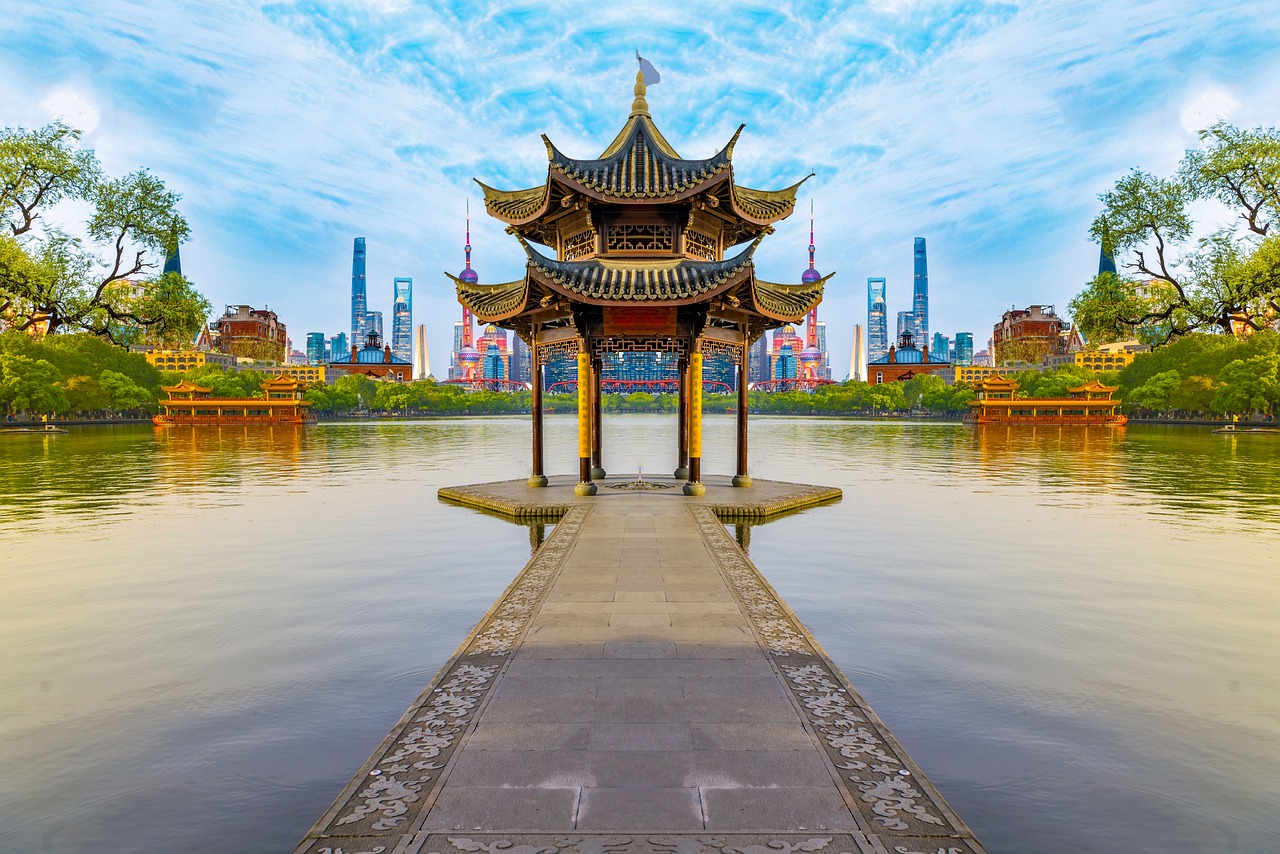
Great Wall of China
The Great Wall of China is one of the most iconic architectural marvels in the world. Stretching over 13,000 miles, it is a testament to the ingenuity and labor of ancient Chinese civilizations. Built to protect the Chinese empire from invasions, the Great Wall is an awe-inspiring structure that winds its way through mountains, deserts, and grasslands.
- World Heritage Site: The Great Wall of China is a UNESCO World Heritage Site and is recognized as one of the Seven Wonders of the World.
- Historical Significance: Construction of the wall began over 2,000 years ago, and it was continuously enhanced and fortified by subsequent dynasties.
- Architectural Feat: The wall is a remarkable engineering achievement, built with bricks, stones, and other materials, often following the natural contours of the landscape.
- Scenic Beauty: Certain sections of the Great Wall offer breathtaking views of the surrounding countryside, making it a popular tourist destination.
- Badaling: Badaling is one of the most well-preserved sections of the Great Wall and attracts a large number of visitors due to its accessibility and scenic vistas.
Beijing China Image 2:

Temple of Heaven
The Temple of Heaven is an architectural masterpiece that served as a place of worship for emperors of the Ming and Qing dynasties. Located in a vast park in southeastern Beijing, it was where the emperors would perform solemn rituals to pray for good harvests and divine blessings.
- Spiritual Significance: The Temple of Heaven was considered the holiest of all imperial temples and served as a sacred site for offering sacrifices to the heavens.
- Imperial Vault of Heaven: The main hall of the temple complex, the Imperial Vault of Heaven, is an iconic circular building with a striking blue roof.
- Echo Wall: The Temple of Heaven features a unique circular wall known as the Echo Wall. Due to its unique design, whispers at one end can be heard clearly at the other end.
- Triple Sound Stone: The Triple Sound Stone is another intriguing feature of the temple. When struck, it produces three different musical tones.
- Beautiful Gardens: The surrounding gardens of the Temple of Heaven are meticulously landscaped, offering visitors a tranquil and picturesque environment.
Beijing China Image 3:
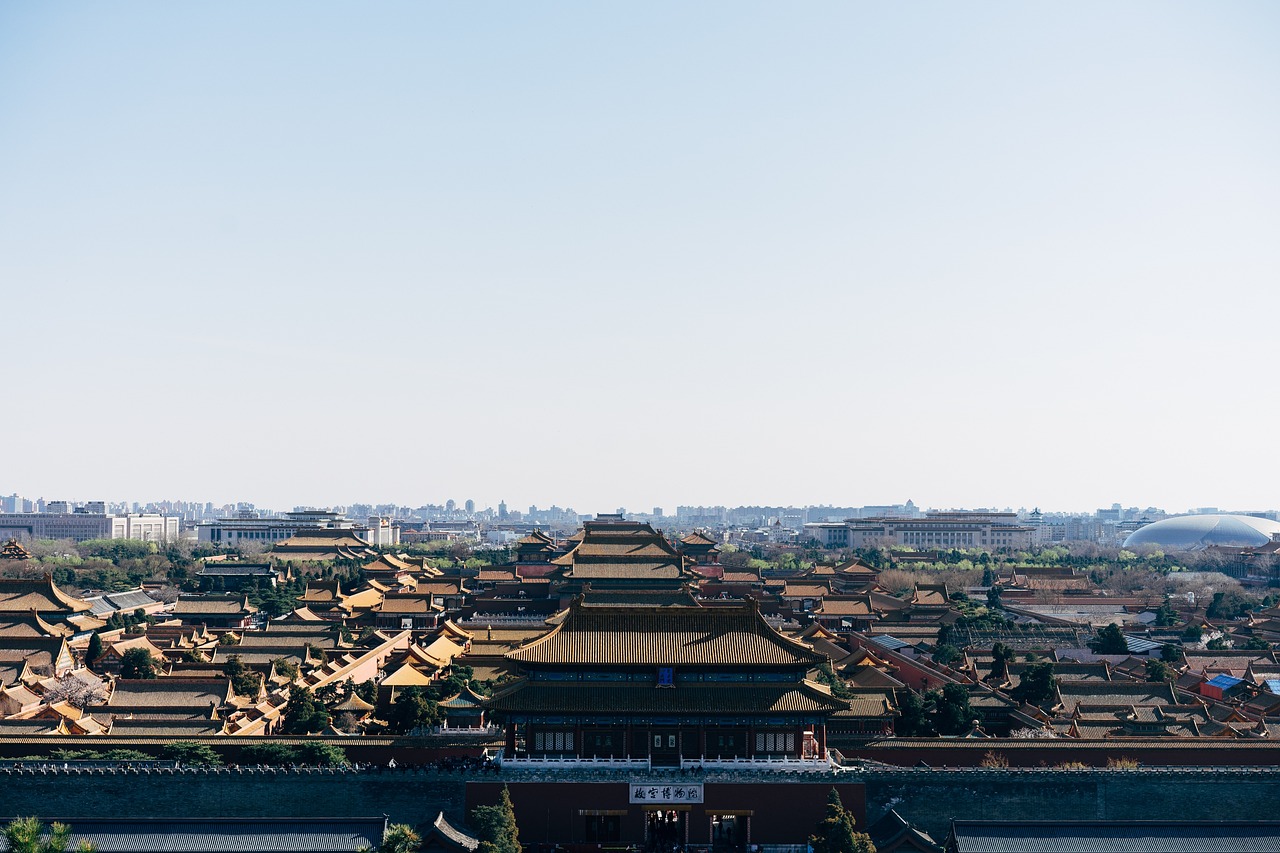
Bird’s Nest Stadium
The Bird’s Nest Stadium, officially known as the National Stadium, is an iconic landmark in Beijing. It was built for the 2008 Summer Olympics and Paralympics and has since become a popular tourist attraction and venue for various events.
- Architectural Marvel: Designed by Swiss architects Jacques Herzog and Pierre de Meuron, the Bird’s Nest Stadium is a masterpiece of modern architecture.
- Unique Design: The stadium’s distinctive lattice-like steel structure resembles a bird’s nest, giving it its popular nickname.
- Olympic Legacy: The Bird’s Nest Stadium hosted the opening and closing ceremonies of the 2008 Olympics, leaving a lasting impression on the world.
- Multi-Purpose Venue: Today, the stadium hosts a variety of sporting events, concerts, and cultural performances throughout the year.
- Night Illumination: The Bird’s Nest Stadium is particularly captivating at night when it is illuminated, creating a stunning visual spectacle.
Summer Palace
The Summer Palace is a magnificent imperial garden and palace complex located in the northwestern outskirts of Beijing. It is renowned for its stunning landscapes, pavilions, and rich history.
- Imperial Retreat: The Summer Palace served as a retreat for emperors to escape the scorching summer heat and enjoy the tranquility of nature.
- Kunming Lake: The palace complex features Kunming Lake, a large man-made lake that adds to the beauty and serenity of the surroundings.
- Long Corridor: The Long Corridor is a covered walkway adorned with thousands of colorful paintings, showcasing Chinese mythology, historical events, and natural scenery.
- Marble Boat: A prominent feature of the Summer Palace is the Marble Boat, an ornate pavilion built entirely of marble.
- Tower of Buddhist Incense: This towering structure offers panoramic views of the palace complex and the surrounding landscape.
798 Art District
The 798 Art District is a thriving artistic community located in the Dashanzi area of Beijing. It is known for its contemporary art galleries, studios, and creative spaces.
- Artistic Hub: The 798 Art District has become a hub for artists, designers, and art enthusiasts, showcasing a wide range of contemporary art forms.
- Former Factory Complex: The district was originally a complex of state-owned factories built in the 1950s, which were later transformed into art spaces.
- Industrial Architecture: The district’s unique appeal lies in its preserved industrial architecture, with factories converted into galleries and exhibition spaces.
- Art Exhibitions: Visitors can explore various art exhibitions, installations, and performances, offering a glimpse into the vibrant art scene of Beijing.
- Cafes and Shops: The district is also home to trendy cafes, boutique shops, and bookstores, making it a popular destination for leisurely strolls.
National Centre for the Performing Arts
The National Centre for the Performing Arts, also known as the “Egg” or the National Grand Theatre, is a striking modern architectural masterpiece in Beijing.
- Futuristic Design: The building’s unique spherical shape, covered in titanium and glass, resembles a giant egg or a water droplet.
- World-Class Performances: The center hosts a wide range of performances, including ballet, opera, symphony concerts, and theater productions.
- Underground Auditorium: Beneath the surface, the center houses a state-of-the-art auditorium with exceptional acoustics and seating capacity.
- Surrounding Water: The center is surrounded by an artificial lake, creating a stunning reflection of the building and enhancing its visual appeal.
- Night Illumination: The National Centre for the Performing Arts is particularly captivating at night when it is beautifully illuminated.
Beijing National Stadium
The Beijing National Stadium, also known as the “Bird’s Nest,” is an iconic sports venue in Beijing. It was the main stadium for the 2008 Summer Olympics.
- Architectural Gem: Designed by a consortium of architects, including Herzog & de Meuron, the stadium’s unique structure resembles a bird’s nest.
- Sustainable Design: The stadium incorporates sustainable elements, such as rainwater collection systems and natural ventilation.
- Historic Olympics: The Beijing National Stadium hosted various events during the 2008 Olympics, including the track and field competitions.
- Post-Olympics Use: Today, the stadium continues to host sporting events, concerts, and other cultural activities, attracting visitors from around the world.
- Symbol of China: The Bird’s Nest has become an iconic symbol of China and a testament to the country’s architectural prowess.
Old Summer Palace
The Old Summer Palace, also known as the Yuanmingyuan, was once an imperial retreat renowned for its breathtaking gardens, palaces, and art collections.
- Historical Significance: The Old Summer Palace was originally built in the 18th century and served as the main imperial residence for several emperors.
- European-Inspired Gardens: The palace complex featured extensive gardens designed in a fusion of Chinese and European landscaping styles.
- Palaces and Pavilions: The Old Summer Palace housed numerous palaces, pavilions, and other structures, showcasing exquisite architecture and craftsmanship.
- Art and Cultural Relics: The palace complex was home to an extensive collection of art, including rare books, paintings, and cultural artifacts.
- Tragic History: The Old Summer Palace was looted and destroyed by foreign forces during the Second Opium War, leaving behind ruins that serve as a reminder of its former glory.
Conclusion
Beijing, China, is a city rich in architectural wonders that reflect its historical and cultural significance. From the grandeur of the Forbidden City to the awe-inspiring Great Wall of China, each iconic building tells a story of China’s past and present. Whether exploring the imperial palaces, admiring modern masterpieces, or immersing oneself in the vibrant art scene, Beijing offers a captivating blend of tradition and innovation.
References
- britannica.com
- unesco.org
- travelchinaguide.com
- chinahighlights.com

